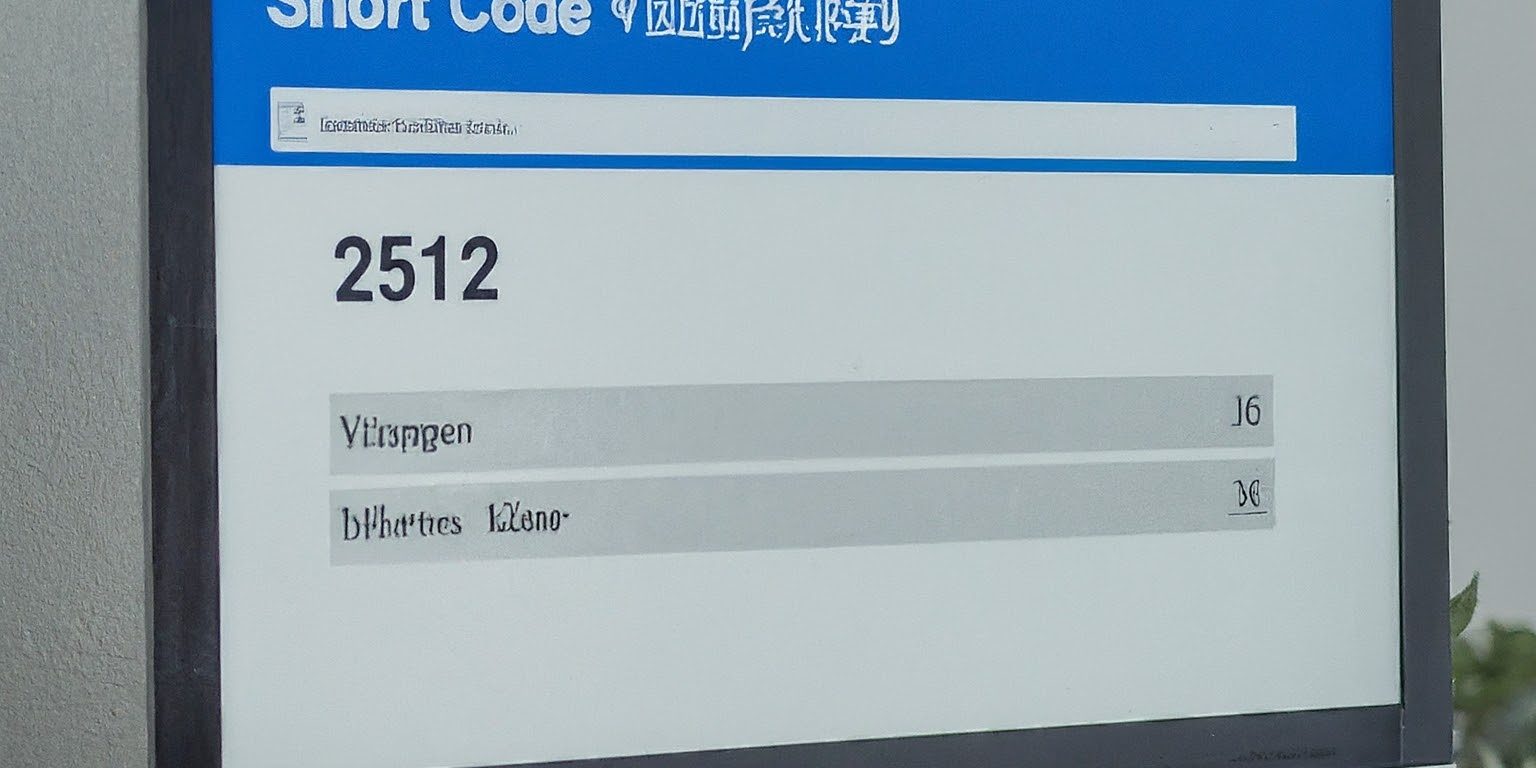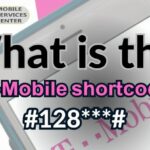Your phone chimes with a new text message. You check the sender and it’s not a regular phone number, but a short, 4-digit code: 2512. If you’re trying to figure out who sent it and whether it’s legitimate, you’re asking the right questions.
Unlike some short codes that are tied to a single, well-known company, a 2512 text message can be a bit more of a mystery. This guide will explain the likely origin of this text, why you received it, and the critical steps to take to ensure your information stays secure.

What Is an SMS Short Code?
First, let’s cover the basics. A short code is a 4-, 5-, or 6-digit number that businesses in the United States use to send and receive text messages. They are the backbone of application-to-person (A2P) messaging, used for everything from marketing promotions and appointment reminders to essential security alerts.
While major corporations often have their own “dedicated” short code, many other businesses use what is known as a “shared” short code. The 2512 text message you received likely came from one of these.
A shared short code is a number that is leased by a third-party messaging provider and then used by multiple different companies to send texts. It’s a cost-effective way for smaller apps, online stores, or services to communicate with their users without needing their own exclusive number. This means a 2512 text message could be from an almost endless list of legitimate businesses.
The Most Common Use: Verification Codes
The most frequent use for a shared short code like 2512 is to send two-factor authentication (2FA) or one-time login verification codes. When you try to log into a secure app or website, it will often text a code to your phone to prove you are the rightful owner of the account.
You Received an Unexpected 2512 Text Message. What Now?
If you get a verification code you weren’t expecting, it almost always points to one of two scenarios.
Scenario 1: The Harmless Mistake
This is the most common situation. Someone else was signing up for a new app or trying to log into their account and simply mistyped their phone number, accidentally entering yours instead. The system sent their verification code to you by mistake. This is generally not a security risk to you and the message can be safely ignored and deleted.
Scenario 2: The Phishing “Smishing” Attempt
This scenario is the reason you must be cautious. “Smishing” (SMS phishing) is when a scammer tries to trick you via text message. In this case, a scammer may have already obtained your password for an important account (like your email or a social media profile) and is now trying to log in. The system’s security has kicked in and sent the 2FA code to your phone. The scammer is hoping you will be naive enough to share that code with them, which would give them full access to your account.
The Golden Rule: How to React Safely
How you handle a 2512 text message depends entirely on your recent activity.
If You Were Expecting a Code…
If you just tried to log into an application or sign up for a new service, then the code you received is almost certainly for you. It is legitimate and you can safely use it to complete your action.
If the Code Is Unexpected…
If you were not actively trying to log in to anything, treat the message as a serious security alert and follow these rules without exception:
- NEVER Share the Code: This is the most important rule. A verification code is a temporary password. No legitimate company will ever call or text you asking for it. Anyone who asks is a scammer.
- Do Not Click Links: If the message contains a link, do not tap on it. It could be a link to a malicious website designed to steal your credentials.
- Secure Your Accounts: An unexpected code is a major red flag that your password for one of your accounts might be compromised. As a precaution, you should proactively log into your important accounts (especially email, banking, and social media) and change your passwords to be stronger and more unique.
- Block and Delete: You can safely delete the message. If you receive repeated unwanted texts from the number, use your phone’s built-in feature to block the sender.
In conclusion, while a 2512 text message isn’t from one single, identifiable company, it is most often a legitimate verification code. The key is context. If you didn’t request it, that text is not for you—it’s a warning sign. By treating unsolicited codes with suspicion, you are taking a powerful step in protecting your digital life.


